Patricia Piccinini Interview
Cover Photo Via happylifestyleinc.com
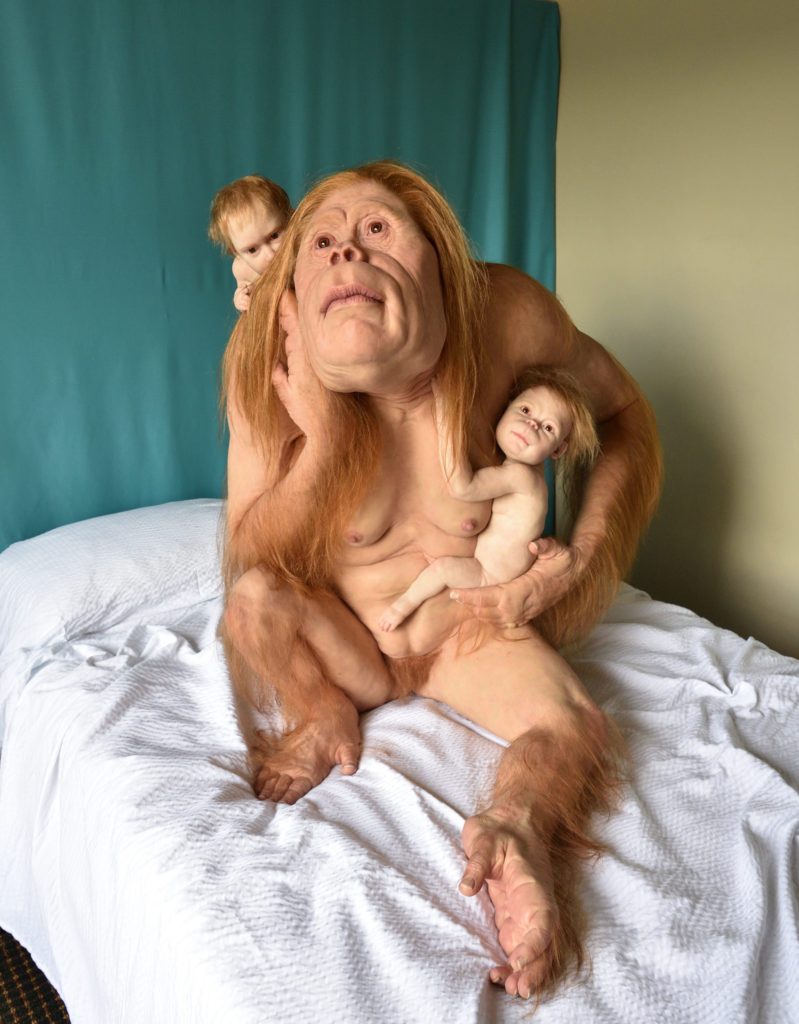
What’s on your mind?
I’m thinking a lot about plants and mushrooms at the moment, and about how they communicate. I’m also thinking about all the different ways people love these days, which I find both unsettling and uplifting.
Are you familiar with the uncanny valley? Does that idea play a part in your thought process when creating your characters?
I am certainly aware of the concept, but I have to admit it is not something I think about that much.
I’ve been much more concerned about telling a story and creating an emotional connection than technical perfection or verisimilitude.
It just so happens that the “realism” (and I’m putting big quotes around that word) of the work is a very effective (and effective) way of drawing people into the story and emotion of the work. It seems to open people up to connecting with the beings and the ideas in the work, and that is useful and important to me.
As humans, how connected are we to the characters you create and what would you say our relationship is with them?
I’m really interested in the emotional response that people have to the work, as a gateway to a more rational rethinking of their relationship.
Empathy, or perhaps more accurately compassion, are vital tools that arise when you grant value and agency to others.
My creatures are intended to stand in for many sorts of ‘others’, and the relationship we can construct with these others, these strangers, in the safe space of the gallery can be a model for how we go on to interact with all of the others we share the world with. It’s interesting to me that we have the idea of ‘xenophobia’ but we don’t have a word for its opposite: an emotion to describe the process whereby we warm to something that we are initially disturbed by. Maybe if we did we might find it easier to do.
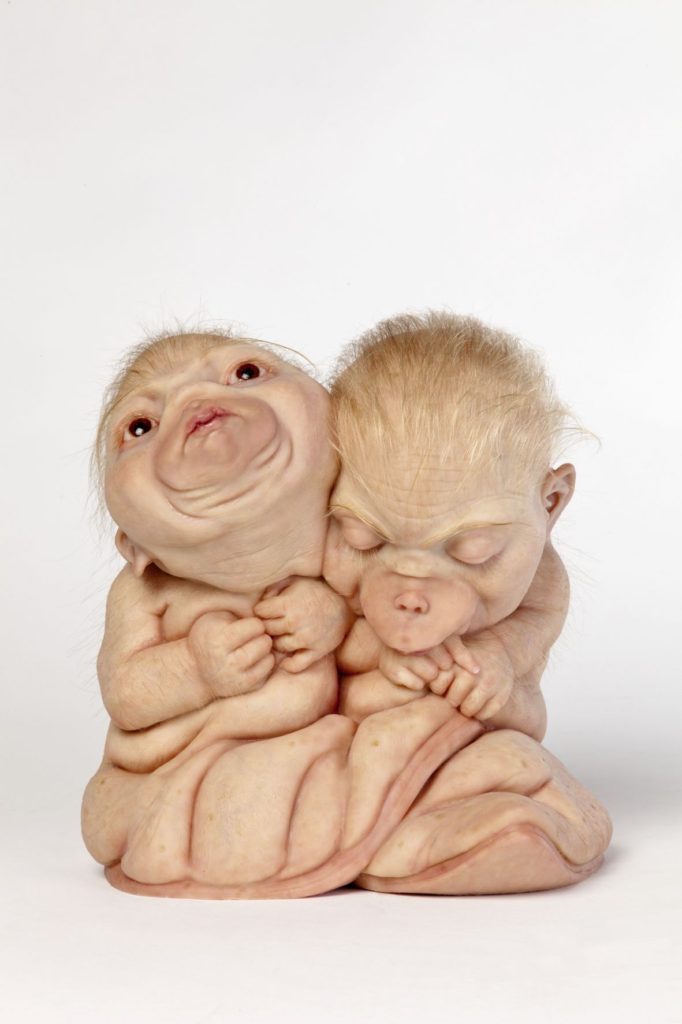
Would you say it would be a good thing or a bad thing if your creatures actually existed?
That’s actually a very hard question to answer, other than to say ‘yes’. Which is to say that life is not that simple. On one level I would love it because I think they are beautiful and interesting, and as a person, I’m a huge fan of diversity of all kinds. So I’m totally excited about there being more different kinds of anything. On the other hand, humans have a long history of introducing new things into the environment to further our aims, and that has rarely gone well. Humans hubris often
Are you more excited or afraid of the future of humanity?
Sadly, I think I’m more afraid than excited.
I don’t think we’re doomed, but I can see that my children have a much more challenging future to face than my parents did.
There are so many things that need to, and actually could be done to help the world and it seems like the people who could be doing that are more focused on going to Mars or whatever. I do have a lot of faith in the young people in my community, and I do wish the people in power would do less to stand in the way of positive change.
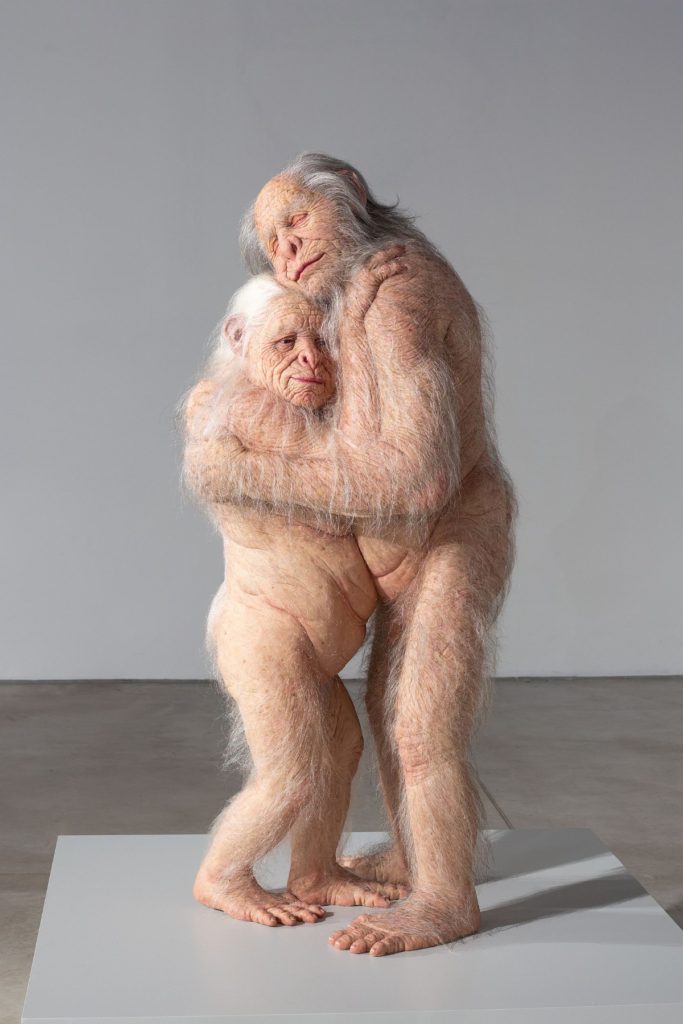
Traditionally, we look as things that are bulbous as unappealing, but it seems like your characters are all a part of a species where this is the norm and it seems much more natural.
I guess I have an untraditional idea of beauty because I do only make things that I think are beautiful. I’m genuinely surprised when people tell me they find my work grotesque or frightening. I do think we have an increasingly narrow band of ‘normal’ and I hope that in some way my work can show people the diverse range of beauty that exists beyond that band.
What is the importance of vulnerability to you? A lot of your works seem to be in vulnerable positions or circumstances.
I am interested in creating an empathetic bond between the work and the viewer. I don’t mind if there is some initial discomfort that needs to be overcome, but eventually, I hope that the viewer will be drawn into the work. That vulnerability helps to let the viewer in. Beyond that, as humans, we are the apex predator on this planet. Pretty much anything that exists – from tigers to the amazon rainforest – is literally vulnerable to us.
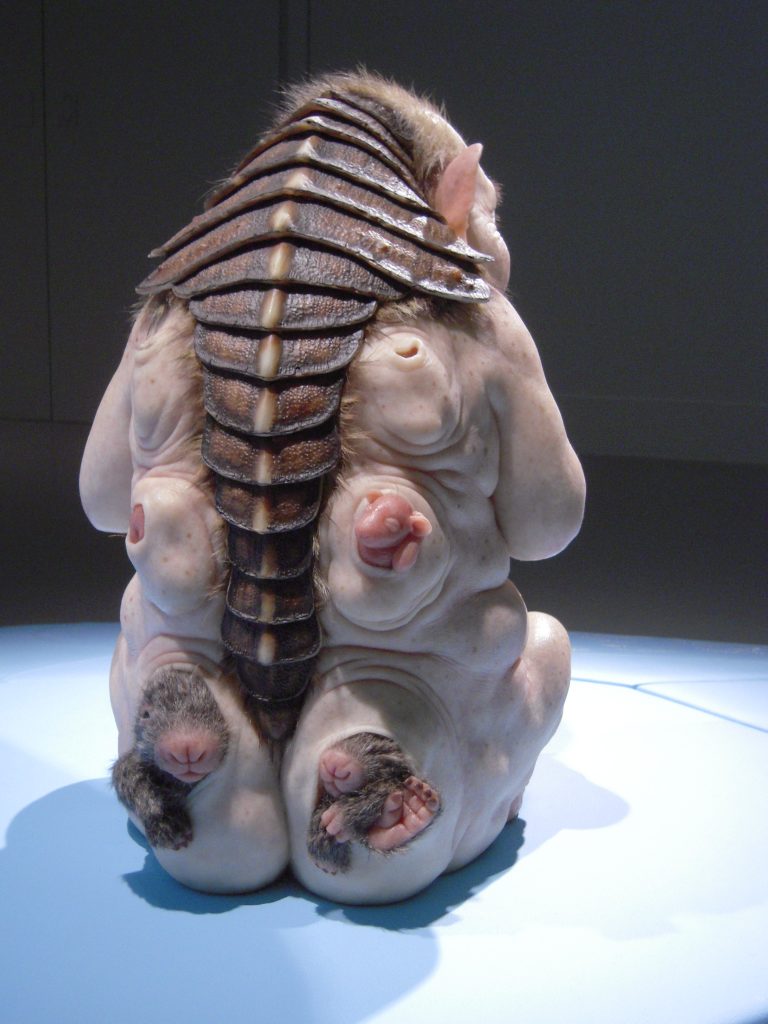
When making a figure, do you ever feel more like a mad scientist more than an artist?
Not really. For me, these creatures are closer to metaphors than propositions.
They are a way to talk about things that are happening in the world around me. They don’t exist for their own sake, or to talk about me. They exist to create connections with the people around them, and to start conversations.
What’s a project do you have in the back of your mind that you are putting off?
Something that I have been thinking about for a while has been finding ways to work with new technologies that help to deliver immersive virtual environments. Those are things like VR or AR or large-scale projected space. This is something that is very much adjacent to what I do in my exhibition practice, with real spaces and objects. But I think that there is something more that an artist might bring to fully virtual worlds, and the technology is starting to evolve to a point where it could be accessible to my studio.
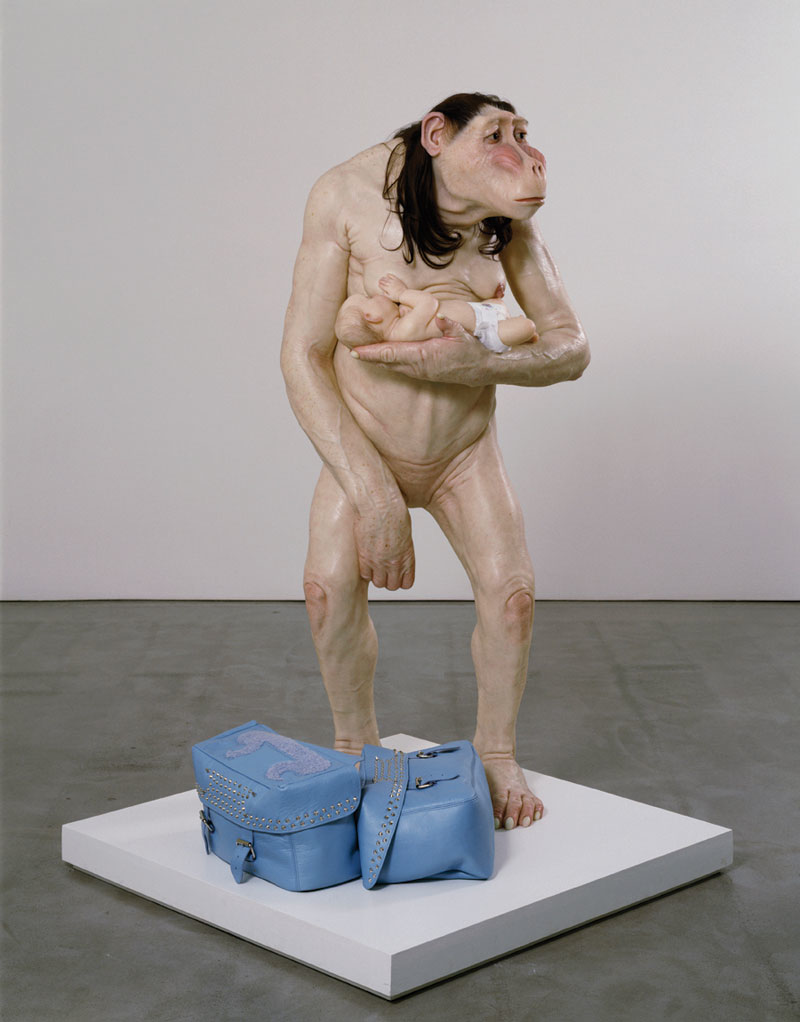
Do your sculptures ever come alive in your dreams?
Not really. I wish it was that easy. I actually have to spend a lot of my waking hours trying to make them come alive.
Do you come up with names and back stories for your creatures?
All my creatures have very long and involved backstories. In fact, they usually start with the stories and grow out from them. In terms of names, the titles of the works are usually as far as I go, although some of them end up with unflattering nicknames in the studio. But the stories behind each of them are an incredibly intrinsic part of the work, the whole point of the work really. I very rarely start with a visual cue. Usually, I start with an idea and a story and then try and work out what kind of being would make sense for that story.
Patricia Piccinini INTERVIEW
More Patricia Piccinini to check out.
https://www.patriciapiccinini.net/
https://www.instagram.com/patricia.piccinini/?hl=en





